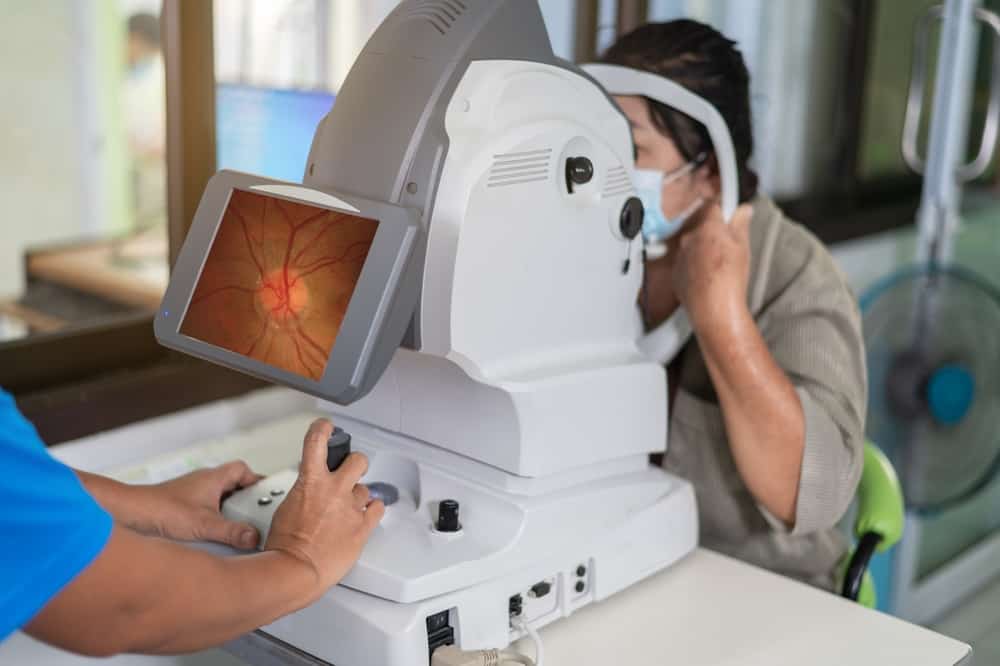Featured
Table of Contents
In current years, modern technology has made substantial innovations in the area of vision adjustment, providing patients with more efficient, comfy, and individualized alternatives than ever before. From innovative procedures to innovative eyewear, modern technology is reshaping how we approach vision adjustment. Right here's an exploration of just how these innovations are improving the options offered for those seeking vision improvement.
Recent innovations, such as wavefront-guided LASIK, enable more customized treatment by mapping the special imperfections in a patient's eye. This customized strategy can result in far better visual results and less negative effects, making laser vision improvement a prominent option for those seeking to minimize or remove their dependancy on glasses or get in touch with lenses.
New multifocal and suiting IOLs enable a much more smooth shift in between near and remote vision. These sophisticated lenses are designed to lower the dependence on reading glasses after cataract surgical procedure, enhancing the total lifestyle for people. Technologies such as toric IOLs additionally assist remedy astigmatism, additionally enhancing visual clearness.
![]()
Furthermore, adaptive lenses that change their color based on light exposure can offer convenience and defense from UV rays, making certain optimum visual clarity in varying conditions. Technologies like these not only deal enhanced vision but also boost the total experience for users.
Furthermore, there are specific call lenses created for details vision problems, such as ortho-k lenses that delicately reshape the cornea overnight to lower myopia throughout the day. These advancements make it easier for clients to locate comfy and efficient services tailored to their way of living and vision needs.
Telemedicine enables individuals to get follow-up treatment and modifications to their vision adjustment prepares effectively. This raised availability makes certain that individuals can get prompt care and make informed choices about their vision wellness.
AI can likewise contribute in personalizing therapy prepare for vision improvement, ensuring that clients obtain one of the most efficient and customized remedies for their particular needs.
1. Laser Vision Modification.
One of the most notable developments in vision correction is the growth of laser vision improvement treatments, such as LASIK (Laser-Assisted In Situ Keratomileusis) and SMILE (Little Incision Lenticule Removal) These minimally intrusive surgical treatments utilize accuracy lasers to improve the cornea, enabling light to focus appropriately on the retina.Recent innovations, such as wavefront-guided LASIK, enable more customized treatment by mapping the special imperfections in a patient's eye. This customized strategy can result in far better visual results and less negative effects, making laser vision improvement a prominent option for those seeking to minimize or remove their dependancy on glasses or get in touch with lenses.
2. Improvements in Intraocular Lenses (IOLs)
For individuals that are not appropriate prospects for laser surgical procedure, developments in intraocular lenses (IOLs) have actually transformed cataract surgical procedure and vision correction for those with presbyopia (age-related trouble in seeing close things)New multifocal and suiting IOLs enable a much more smooth shift in between near and remote vision. These sophisticated lenses are designed to lower the dependence on reading glasses after cataract surgical procedure, enhancing the total lifestyle for people. Technologies such as toric IOLs additionally assist remedy astigmatism, additionally enhancing visual clearness.
3. Smart Glasses and Wearable Technology.
The integration of technology right into eyewear has resulted in the development of wise glasses and wearable tools that boost vision correction. Clever glasses equipped with augmented truth (AR) can overlay digital info onto the physical world, assisting individuals with low vision or aesthetic problems.
Furthermore, adaptive lenses that change their color based on light exposure can offer convenience and defense from UV rays, making certain optimum visual clarity in varying conditions. Technologies like these not only deal enhanced vision but also boost the total experience for users.
4. Get In Touch With Lens Innovations.
Get in touch with lens technology has actually also progressed significantly, providing clients with a series of options to meet their needs. Recent innovations consist of everyday disposable lenses, which use ease and hygiene, and expanded wear lenses that can be used continuously for numerous days.Furthermore, there are specific call lenses created for details vision problems, such as ortho-k lenses that delicately reshape the cornea overnight to lower myopia throughout the day. These advancements make it easier for clients to locate comfy and efficient services tailored to their way of living and vision needs.
5. Telemedicine and Remote Eye Care.
Innovation is not just enhancing the tools made use of for vision improvement yet additionally improving accessibility to eye treatment services with telemedicine. Patients can now have online examinations with eye treatment specialists, making it extra convenient to discuss vision issues and discover improvement alternatives without needing to go to a center physically.Telemedicine enables individuals to get follow-up treatment and modifications to their vision adjustment prepares effectively. This raised availability makes certain that individuals can get prompt care and make informed choices about their vision wellness.
6. Expert System (AI) in Eye Treatment.
The integration of man-made intelligence (AI) in eye care is changing just how vision adjustment is come close to. AI algorithms can examine imaging data from retinal scans and various other diagnostic tools, aiding eye care specialists detect conditions like diabetic retinopathy and macular deterioration earlier and more properly.AI can likewise contribute in personalizing therapy prepare for vision improvement, ensuring that clients obtain one of the most efficient and customized remedies for their particular needs.
Conclusion.
The innovations in technology are dramatically improving vision adjustment options, offering patients extra efficient, comfortable, and individualized options than ever previously. From laser vision correction and ingenious IOLs to smart eyeglasses and AI-driven diagnostics, these advancements are improving how we come close to vision health.Latest Posts
A Historic Shoreline Location with Modern Delights
Published Apr 17, 25
1 min read
Experience Coastal Beauty at Deauville Inn
Published Apr 14, 25
1 min read
Discover Leisure at the Claridge Indoor Pool
Published Feb 02, 25
1 min read